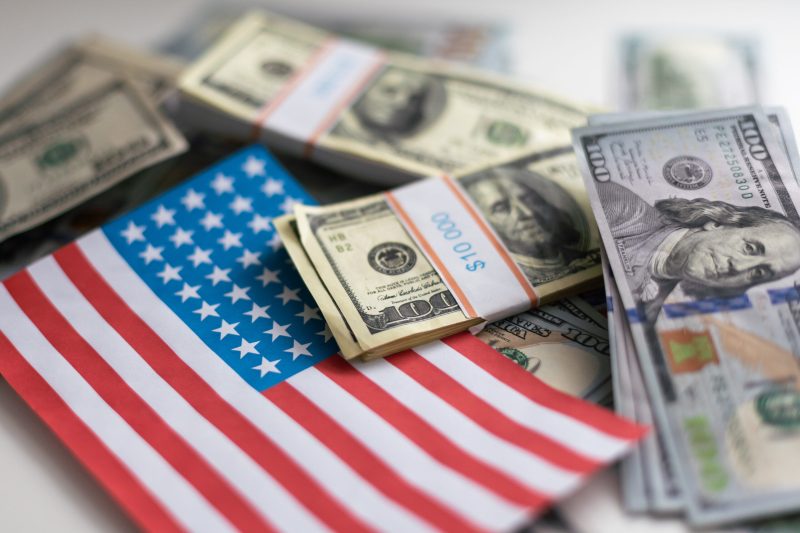Inflation in the US rose more than expected in January, reinforcing expectations that the Federal Reserve may delay interest rate cuts.
The consumer price index (CPI), which tracks the cost of goods and services across the economy, increased by 0.5% last month on a seasonally adjusted basis, bringing the annual inflation rate to 3%, according to the Bureau of Labor Statistics (BLS).
Both figures exceeded Dow Jones estimates of 0.3% monthly growth and a 2.9% annual increase.
The yearly inflation rate also ticked up 0.1 percentage point from December.
Excluding food and energy, core CPI rose 0.4% in January, pushing the 12-month core inflation rate to 3.3%.
These figures also surpassed projections of 0.3% monthly and 3.1% annual increases.
The inflation report rattled financial markets, with Dow Jones Industrial Average futures dropping over 400 points and bond yields rising sharply.
Shelter, food, and energy drive price increases
Housing costs remained a key contributor to inflation, rising 0.4% for the month and accounting for roughly 30% of the overall CPI increase, the BLS reported.
A key metric measuring homeowners’ estimated rental value climbed 0.3% in January and was up 4.6% from a year ago.
Food prices increased 0.4%, largely driven by a 15.2% spike in egg prices due to an ongoing avian flu outbreak that has led to the culling of millions of chickens.
The BLS noted that this was the steepest jump in egg prices since June 2015, contributing to two-thirds of the rise in grocery costs.
Over the past year, egg prices have surged 53%.
In other food categories, nonalcoholic beverage prices rose 2.2% year over year, while fresh vegetables saw price declines—tomatoes fell 2% in January, and other fresh vegetables dropped 2.6%.
Among other key categories, new vehicle prices remained unchanged, but used cars and trucks rose 2.2% for the month.
Motor vehicle insurance also climbed 2%, bringing its annual increase to 11.8%.
Meanwhile, energy prices increased 1.1% in January, with gasoline prices rising 1.8%.
Fed likely to hold rates steady as Trump pushes for cuts
The report was released a day after Federal Reserve Chair Jerome Powell signaled that the central bank is in no rush to lower interest rates.
Speaking to the Senate Banking Committee, Powell emphasized that policymakers are monitoring inflation trends carefully, particularly as President Donald Trump moves forward with plans to impose new tariffs on imports.
Following the CPI report, traders shifted their expectations for the next Fed rate cut to September, according to CME Group data.
Markets now see about a 70% chance that the Fed will only cut rates once this year.
Despite this outlook, Trump continues to press for lower interest rates.
In a post on Truth Social just before the CPI release, the president wrote, “Interest Rates should be lowered, something which would go hand in hand with upcoming Tariffs!!!”
Rising prices have also impacted workers’ purchasing power. According to a separate BLS report, the inflation increase effectively erased the 0.5% gain in average hourly earnings for January.
The post US consumer prices climb 0.5% in January, annual inflation rises to 3% appeared first on Invezz


